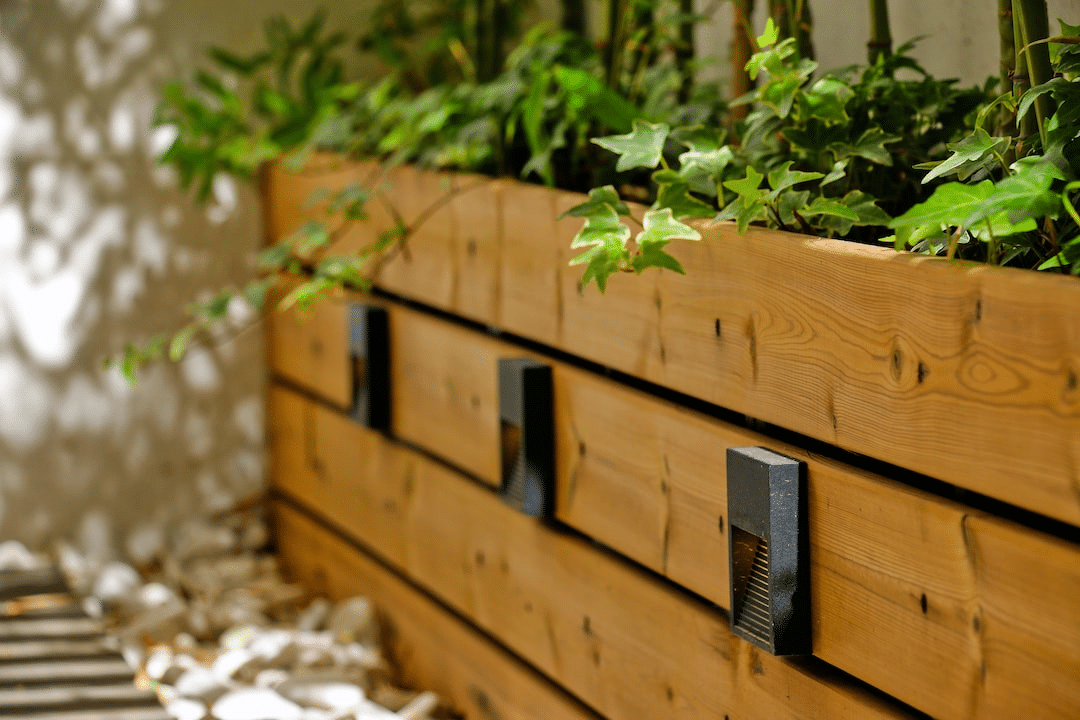So, you’ve decided it’s time to transform that outdoor space into a flourishing haven that reflects your style and serves various purposes. It makes sense; gardening has many benefits, and around 49% of Americans do it to help their mental health.
Planning a garden is a lot of fun, but it requires a little more work than just throwing some seeds in the ground and hoping for the best. Crafting a functional garden requires a bit of strategic thinking, creativity, and, of course, patience.
Defining the purpose of your patch
Before diving into the soil, take a moment to ponder the primary purpose of your garden. Are you dreaming of harvesting your own vegetables and fruits? Do you want to care for animals or raise chickens? Or maybe it’s all about creating a sociable space for entertaining guests and family gatherings?
The first step is jotting down a wish list. What activities do you want your garden to accommodate? Consider the multifunctional aspects of your garden – the more, the merrier. It’s also a good idea to contemplate the overall style you’d like to achieve at this point.
Pro tip: Remember, a garden is a dynamic entity, evolving and changing with the seasons. As you map out your design, consider the year-round spectacle you want to enjoy, from spring blossoms to the vibrant greens of summer.
Assessing your garden’s canvas
So, you’ve got your vision, purpose, and a list of activities your garden will host. Now, it’s time to don your detective hat and do some investigative work in your backyard. Before you start digging and planting, understanding your yard’s quirks and nuances is the best way to make the most out of your garden space and ensure it thrives in reality.
Your plants are essentially solar-powered, so it’s vital to understand how the sun hits different parts of your yard throughout the day. Grab a notepad, set the alarm, and observe your yard at 9 am, Noon, 3 pm, and 6 pm, noting which areas are basking in full sun, enjoying a play of light and shadow in part-shade, or shrouded in cool darkness for shade plants.
This helps you create the perfect stage for your green performers. Full sun plants like roses and lavender crave the spotlight, while hostas and ferns prefer a more understated role in the shadows. Knowing your yard’s solar schedule allows you to curate a garden that caters to each plant’s sunbathing preferences.
Crafting a pet-friendly garden
Don’t forget about your four-legged companions! After all, you’re curating a space that harmoniously accommodates the entire household, including the ones with tails, paws, or wings.
Your garden needs its own defense mechanisms to ensure your pets stay securely within it. Invest in secure fencing and gates that not only keep your pets from embarking on unauthorized adventures but also protect them from potential hazards beyond your borders.
While most outdoor plants are right, it’s also a good idea to consider the types of plants you’ll be adding to your new outdoor space, taking into account how well they work with your particular animals. The Humane Society of the United States has a very handy list of toxic plants for pets.
Cracking the climate code
America is a patchwork quilt of nine distinct hardiness zones, each with its own climatic personality. This geographic classification system determines which plants are your garden’s best friends and which should be left off of the shopping list at your local nursery.
Before you embark on a plant-shopping spree, consult a hardiness zone map to unveil the climatic mysteries of your locale. Knowing your zone is like having the insider scoop on what nature has in store for your garden. It’s the difference between confidently nurturing thriving greenery and wondering why your tropical palms look a bit frostbitten in the middle of July.
Consider the underground ecosystem
Now, let’s dig a little deeper – literally. Your soil is an extremely vital aspect of your garden, and understanding its personality is critical to planting success. Different plants have different soil preferences, so your planning phase is the best time to acquaint yourself with your soil’s likes and dislikes.
Is your soil slightly acidic, or does it lean towards neutral or alkaline territory? Most plants appreciate slightly acidic soil, but some rebels thrive in a more alkaline environment. Grab a soil testing kit or call in the experts to decipher your soil’s language. Once you’ve cracked the soil code, you’ll know whether to pamper it with organic matter, adjust its pH levels, or simply let it be the supportive foundation for your green kingdom.
Looking for other ways to improve your home?
Now you have some helpful planning tips for your new outdoor area; you can prepare for the fun part (which also involves some hard work). Trust us, the outcome – a brand new garden – will be well worth the effort! You’ll be glad you put in the extra time during the planning phase when you have a stunning garden to hang out in.
The Crowdyhome team is passionate about helping you achieve your home improvement goals. We recommend bookmarking our site so you have an easy go-to resource for home-improvement inspirations, complete with helpful tips!








